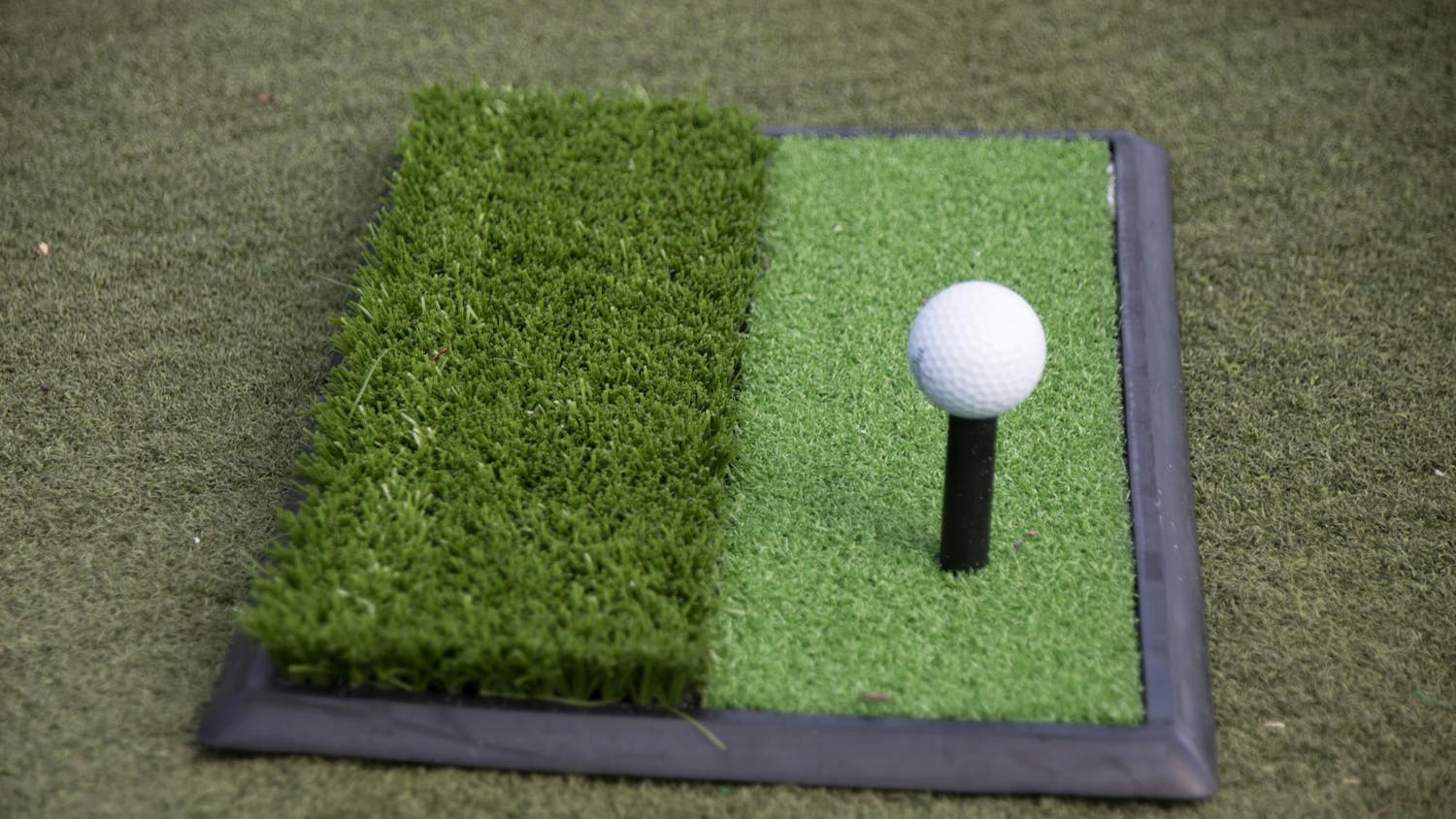I’m sure the shift to online instruction will be a different experience for all of us. For me, an industrial design student, the (intended) structure of my design classes seems to be similar for the most part. But for these courses, heavily reliant on collaborative thinking and visual feedback, the new online barrier presents a unique challenge I’m interested to encounter.
Granted, design – while typically communicative and collaborative – is also fairly independent. Even at school, we’re usually on our own laptops, on our separate Creative Cloud accounts, working on our individual design endeavors.
And with the digital tools of today, it certainly isn’t uncommon for designers to collaborate digitally, rather than in-person. In fact, that is how a lot of professional designers communicate — online.
However, personally, even as I develop my creations independently, I love the process of sharing my work with my peers. It’s a huge part of the design experience — to be able to bounce ideas off of creative individuals, ask questions and gain exposure to creative avenues you may have never come to think of on your own. And I like to do this in person.
So, I am a little sad to say goodbye to the long nights at the Lake House (also known as West Lake Hall, the design building by the lake no one knows about), where all the real designing happens — in solidarity, everyone struggling to meet their deadlines.
But designers are all about changing for the better. We’re adaptable and innovative, and we’re bound to make the best of this situation. It is this kind of attitude that makes me grateful to be a designer.
Even though it is inconvenient, and it forces me to work in a way that I’m not used to, this changing situation has already opened up so many design opportunities. Not only design students, but also professional designers in design studios, are now working from home. Although design conventions and showrooms are indefinitely closed, designers are innovating the way we now approach communication. Using augmented and virtual reality, studios and showcases are coming to life in innovative ways we’ve never needed to explore before.
I recently read about the changing design of cities and how the design of urban living is altered by disease. Throughout history, the way homes and living spaces have been built have changed over time. By encountering different diseases, different natural challenges humans have faced before, architects have taken into consideration evolving human needs and implemented them into changes in infrastructure.
In a situation such as this, where so many people are quarantined at home, where hospitals are overflowing with specific-need patients and where medical care may need to be self-administered in private living quarters, new considerations have surely risen. Designers are noticing new patterns and new needs. There are so many opportunities to develop ourselves!
So, I am a little frustrated, and a little annoyed with the way things have changed. But I am learning to appreciate the opportunities I have to develop myself within these circumstances. With new challenges come new discoveries, and I’m willing to look at our situation through hopeful, imaginative eyes — like a designer should.
Considering coronavirus as a design opportunity
The views expressed in this column are those of the author and not necessarily those of The Observer.









